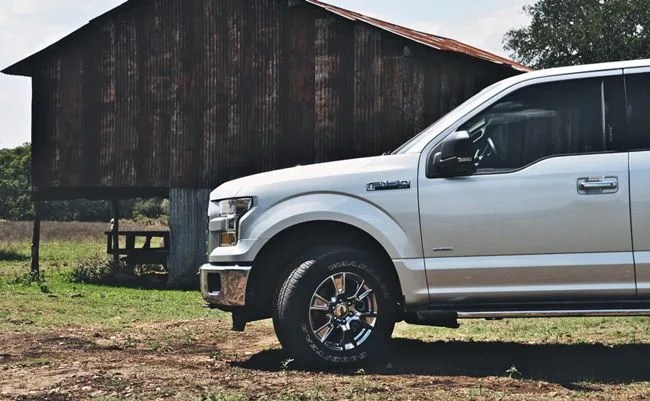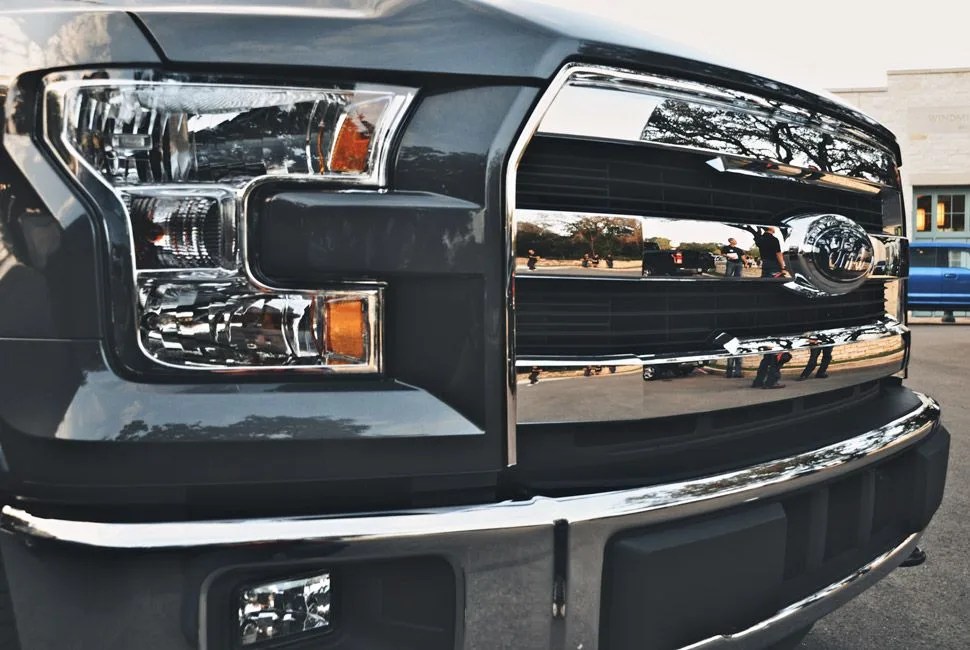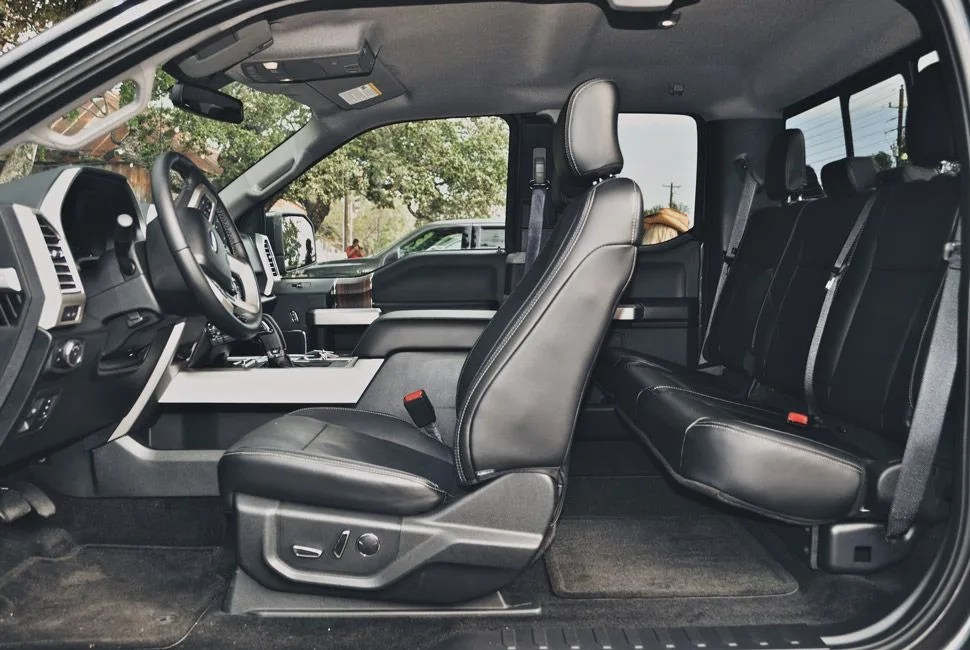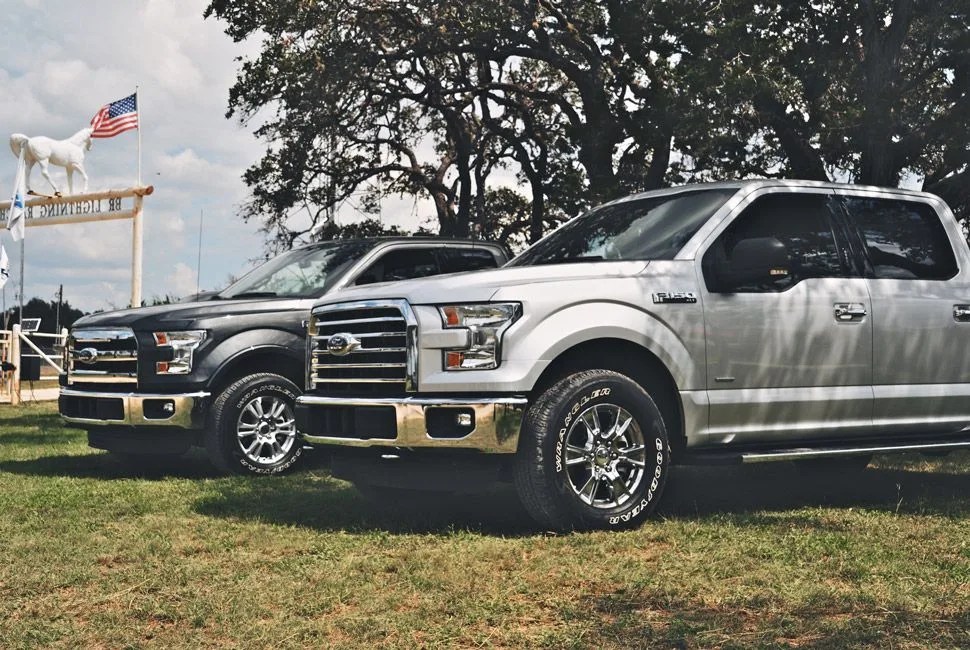15 photos
Ask any truck owner why he drives a pickup and you’ll get a wide range of answers. “I need it to haul hay bales on the farm”, “My boat isn’t going to tow itself”, or “I don’t know, I just like trucks” are all likely answers. Trucks are all things to all men (and women), and in the good ol’ US of A they dominate our roads and our hearts. The Ford F-150 is the reigning champ of the truck world, having been the most popular truck in America for 37 years and — get this — the most popular vehicle overall for 32. Keep this in mind when you hear that for 2015, the Ford F-150 is not just miles ahead of the competition; it’s miles ahead of its former self.
MORE TREMENDOUS TRUCKS: Best Classic Off-Road Adventure Vehicles | CUV DNA: The Original Crossovers | Behind The Wheel: 2014 Land Rover Range Rover Sport HSE
If there’s one thing worth knowing about the 2015 Ford F-150, it’s that its body is constructed entirely from aluminum. It may seem strange seeing as pickups have been made from steel since forever, but the new aluminum body results in a weight reduction of 700 pounds. Any gearhead worth his salt knows this makes for better driving dynamics, but in the case of the Ford F-150 this also leads to increased utility.
Specifically, Ford has put the weight savings back into the truck’s towing and payload capacities. With the 3.5 liter EcoBoost V6, producing 365 horsepower and 420 lb-ft of torque, the 2015 F-150 can tow 12,200 pounds and has a payload of 3,300 pounds, an increase from the older model by 900 and 180 pounds respectively; this puts the F-150 top in its class for both measures. Other engine options include a 5 liter V8 and a naturally aspirated 3.5 liter V6, but the real star of the range is an all new, 2.7 liter EcoBoost V6. It’s strange that an engine so small found its way into a truck this size, but it produces a sizable 325 horsepower and 375 lb-ft of torque.
Ford expects this engine to be the big seller in the lineup, and it’s not hard to see why. Though some heavy-duty truck owners may be wary of a small turbo six at the front of their workhorse, the exhaust manifold has been integrated into the cylinder head, allowing for more immediate torque. On the road, most of the torque comes in early — around 1,500 rpm — making for gutsy acceleration and little to no lag. It’s also good on fuel, considering its size; it averaged around 21 mpg on one stretch of our test drive, and that was with some spirited use of the throttle. The EPA estimates 16 city/22 highway mileage, and Ford expects a 5-20 percent increase in fuel economy across the entire model line, no doubt thanks to that tremendous weight loss.
















